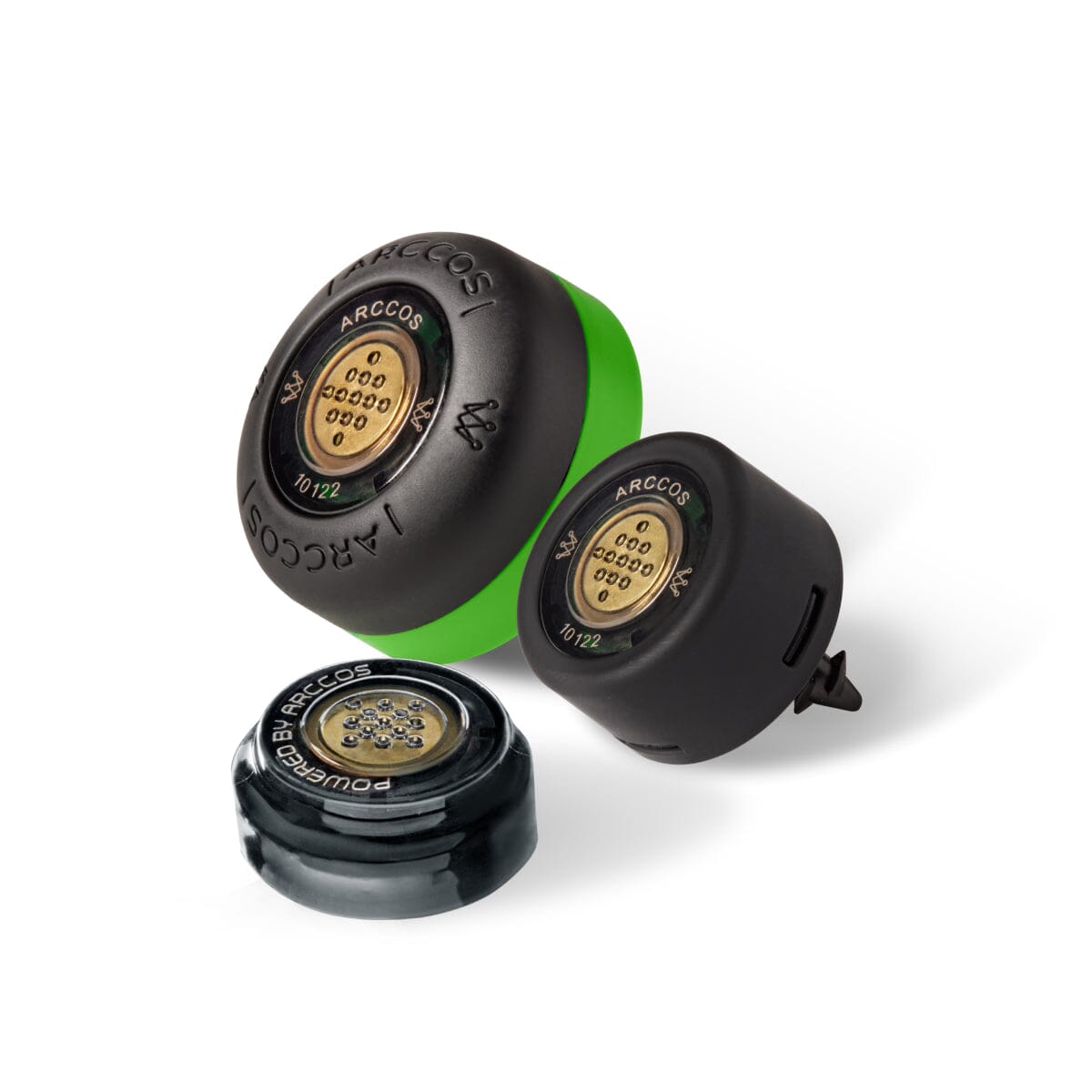
They always say “swing easy when it's breezy” right? While the sentiment is sweet and pretty catchy, the question is begged to be asked: what about all of the OTHER conditions that players face on the golf course? Each weather setting can have massive impacts on how the golf ball travels—let’s discuss a few scenarios.
Rain, Rain, go away!
There are no colloquialisms when preparing for a rainy day out on the golf course, but there are some other metrics to pay attention to. In super scientific terms, if it’s raining, there is more stuff in the way of the golf ball as it flies. To throw even more science at you, water on the club face reduces the amount of friction generated so the ball won’t travel as far and won’t have nearly as much spin. Golf balls have dimples on them and when those all fill up with water, the golf ball becomes heavier and leads to that same outcome—less distance.
Another component working against you on a rainy day is wet ground that offers zero yards once the ball hits the ground. All this to say: do not be surprised when your Caddie clubs you up a little more during your rainy day; maybe while you’re at it you can also listen to your Optimal strategy too. Rainy days are not to be challenged and your average error can turn into a big number.
There is no doubt that rain is its own beast on the course. Unfortunately, rain also often brings its’ favourite playing-partner along: cold weather.
Tricky Temperatures
Is there anything more enjoyable than a nice, fair weathered day on the golf course? The sun is shining, the birds are chirping, and you’re having a great putting day. Sure, playing golf in fair weather (between 60℉-80℉ or 15℃-27℃ degrees) is fun and all, how does temperature determine a golf ball's performance?
Data shows that for every 10 degrees that the temperature rises, a player will hit the ball an average just over one yard longer. Doesn’t seem like much, right? But let’s say you play your golf in a state like New York where the average temperature is around 40℉ degrees in January. You and your buddies want to take a golf trip to Miami, where the average temperature in January is just shy of 80℉. Without taking into account other factors (humidity, sea level, etc) you gain about 5 yards from just the temperature change.

In addition to the differences of flight, the exact same ball will be harder in colder weather and softer in warmer weather. What this means is that a warmer golf ball will compress more, resulting in faster ball speeds off the club face. Warmer golf balls have a higher spring effect. This theory was confirmed in a study done by MyGolfSpy. They found that, when swung at 100 mph with a driver, there was about a 6 mph increase in ball speed from a warmer golf ball and a colder golf ball. If that doesn’t sound like much to you, 6 mph of ball speed equates to about 20 more carry yards.
According to the Rules of Golf, golf balls warmed during a round are a breach of Rule 14-3, use this information responsibly when hustling your golf buddies during colder months. This could mean that you look at switching to a softer golf ball selection in order to get better compression in lower temps.
Related: Arccos introduces Golf Ball Performance Tracking
Easy, Breezy
Last but certainly not least, we have the most impactful weather element there is: wind. At first glance, it seems pretty straightforward: if you are hitting into a headwind, take more club and vice versa if you’re hitting downwind. While that still remains true, there are some more nuances to pay attention to.
When hitting into a headwind, you can always expect the ball to launch higher and spin more. That combined with a hurting wind leads to a huge loss of yardage, especially as wind increases. Hitting into a headwind at 10 mph causes more of a loss than what you would gain by hitting downwind at 10 mph and that is due to two things: lift and drag.
Lift keeps the ball in the air, while drag pulls the ball back. So when you are hitting into the wind, more lift is being generated that result in ballooned shots that almost look like they come towards you on their way down to the ground. The opposite effect can be said for hitting down a tailwind: a flatter trajectory and more roll. The tricky part is that lift and drag do not have the same gradual effect on the ball like rising temperatures do so it’s more of a challenge to decide what club to hit. A windy day on the course means that your yardage is not always the correct number.
Thankfully, if you are using Arccos Caddie’s A.I. Rangefinder, it helps calculate distances when considering the environmental conditions! With inconsistent and gusty weather a third column appears in the rangefinder so that players can assess based on the exact conditions in that moment whether they will play the general ‘plays like feature’ or leverage the numbers on the right if they are hitting during a particularly gusty period.

If you are playing in a sanctioned tournament and need to comply with the rules accordingly, players can leverage the ‘Simulated Distances’ feature in Arccos and get a better understanding on how the course conditions for the day of their event might affect their distances. Players can input elevation/wind/temperature and get an accurate assessment of how their Smart Club Averages would be respectively affected by the conditions they’ll be playing in.
Related: Using Arccos to Prepare for Tournament Play
The takeaway here is that weather conditions impact the ball much more than you may have thought, but there are measures you can put in place to ensure you optimise your performance on the course, despite whatever weather the Golf Gods throw at you during your round.
Liz Breed, is a teaching professional at The Seawane Club outside of NYC, with a background in journalism as well as a lifelong love-affair with golf, she is passionate about helping make the sport more accessible and inclusive to those who don't appear the be the ‘traditional golfer’. You can follow her adventure on Instagram at @Shank.Haney (she could also moonlight as a comedian).






Share:
Review & Analyse Your Last Golf Season's Data For New Improvement
Is Pace Of Play Affecting Your Scores?